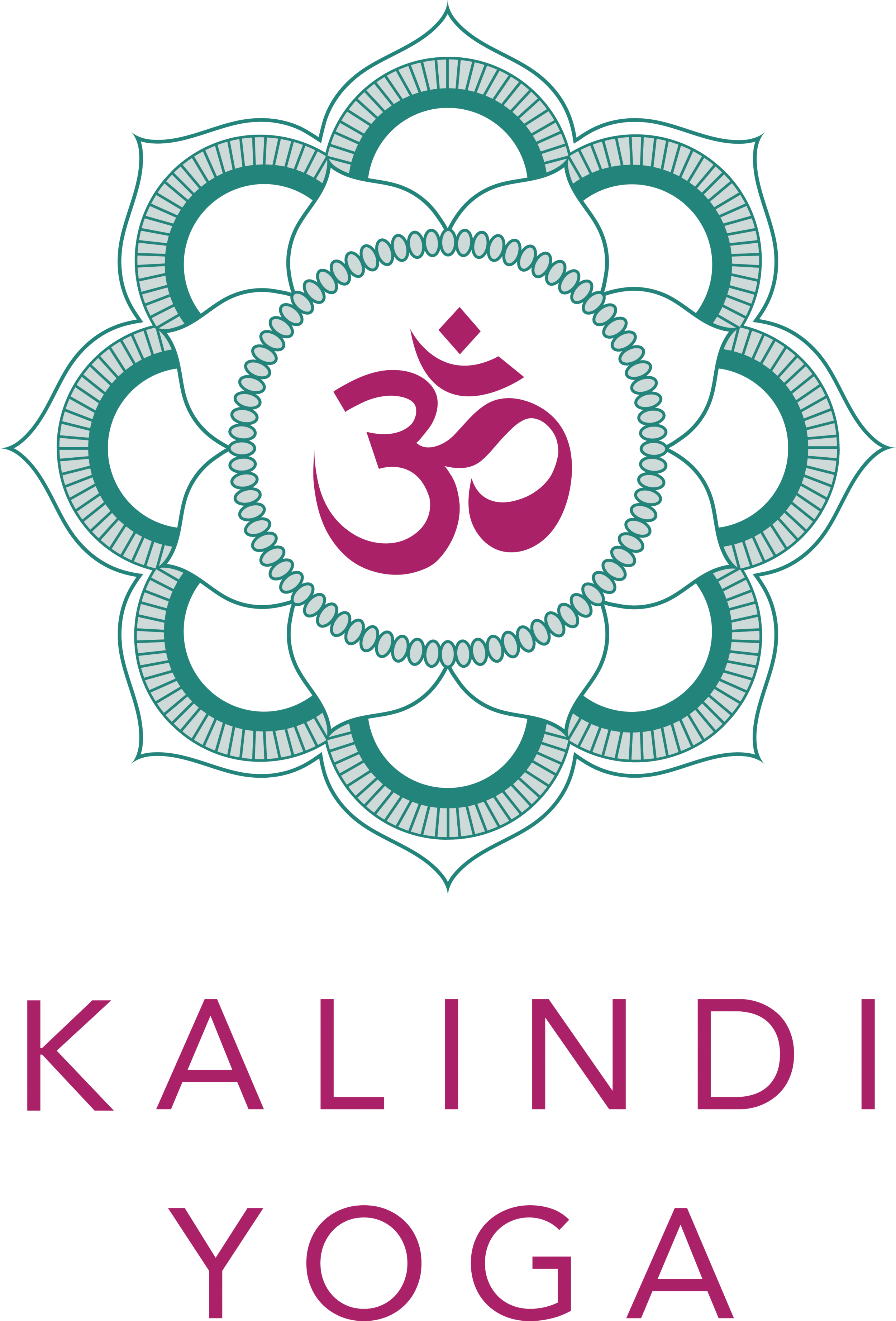What is Prana?
Prana is a hard thing to get your head around when you’re new to yoga. In fact, yoga is a hard thing to get your head around when you’re new to yoga! The more you practise, the deeper you go into understanding the intricate network that is yoga science.
In yoga we use our breath. It is our key to safe practice. In every posture you should be able to breathe in deeply and exhale completely. If you can’t do this, you need to release slightly from the posture to the point where you are able to breathe deeply and comfortably.
But how does breath relate to Prana?
Prana is our energy, our vital life force that flows through the body. It takes various paths to move into every area of the body (more on this here). You can move your Prana by directing your breath. So when a yoga teacher says ‘Send the breath to your feet’, they are actually saying feel as if you are breathing down into your feet and this visualisation, and possibly sensation, is your Prana moving to that area. You can guide your Prana with your breath. Your Prana sits on your breath but is not your breath. Your breath is the vehicle, your Prana the passenger.
Retention of breath is also a way to control the Prana in the body. Pranayama (the general term for the breathing exercises yogis practise) means to control the energy (Prana = energy, yama = to control). Pranayama always contains retention of the breath. This holding of the breath builds the energy within the body. There is no breath escaping through the nostrils or mouth and thus the Prana is retained, just as the breath is. Yogis see speech as a form of losing Prana. This is why they practise speaking the truth and only speaking when essential. Many gurus practise ‘Mouna’, periods of silence, for this reason.
Prana and the breath - the difference
The distinction between Prana and the breath becomes apparent at the time of death. This year has been quite traumatic for me as I’ve watched two close family members pass away. But these experiences have made my understanding of Prana so clear.
When someone takes their last breath, it isn’t just the breath that leaves the body. As they become still and free from pain, you can see their Prana leave too. When someone holds their breath, they don’t look lifeless. But when someone passes, their whole facial expressions change, their body almost becomes a foreign object to look at. You don’t recognise them anymore. You are staring not at the person you love but at a body. It’s the first time I’ve looked at a body and thought, ‘It’s just skin and bones. Where are they? Who is this I’m looking at?’ The things you miss are their smile, their jokes, their laughter. The lifeless body without the gleam in their eyes doesn’t offer you those things. Their life force had gone. They had left their body.
My personal definition of Prana
Prana for me is personality, vibrancy, enthusiasm and it’s even the times when we’re low, sad or lethargic. It’s the bit of us that makes us, us. We all have breath but that doesn’t mean we have vibrancy. Breath is one of the most fundamental things the body needs in order to be alive but to be fully, spiritually alive, we have to look after our Prana. We have to vibrate at a higher frequency. We have to love, laugh and share. Yoga helps us to check in with our Prana. It lets us move in ways to free any blockages we may have (these blockages usually come out in physical problems; lower back pain, neck pain, sore shoulder – you get the idea). It gives us a chance to stop and reflect in order to make better life choices. And these life choices are normally made because we know deep down that something is wrong with our flow of Prana. You’ll feel it in your body first – those headaches, back aches – they are all signs that your flow of energy is blocked in some way.
Next time you’re on your mat, try and move with your Prana in mind. Yoga is about freeing the body from discomfort and bringing it into balance. What does your Prana need in order to feel balanced?
